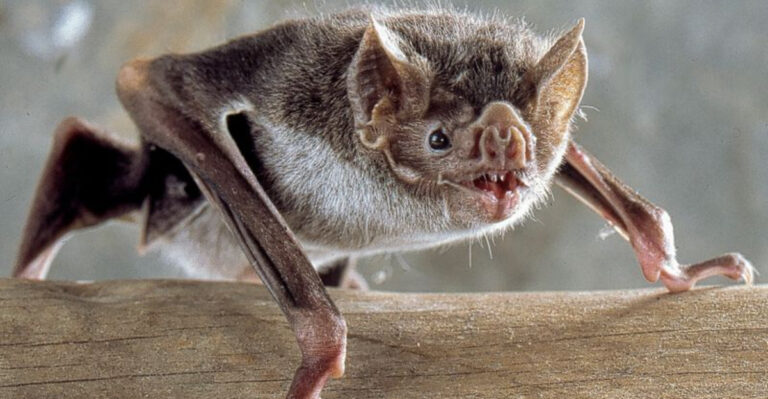Rare Asiatic Golden Cat Spotted Again In Manas National Park
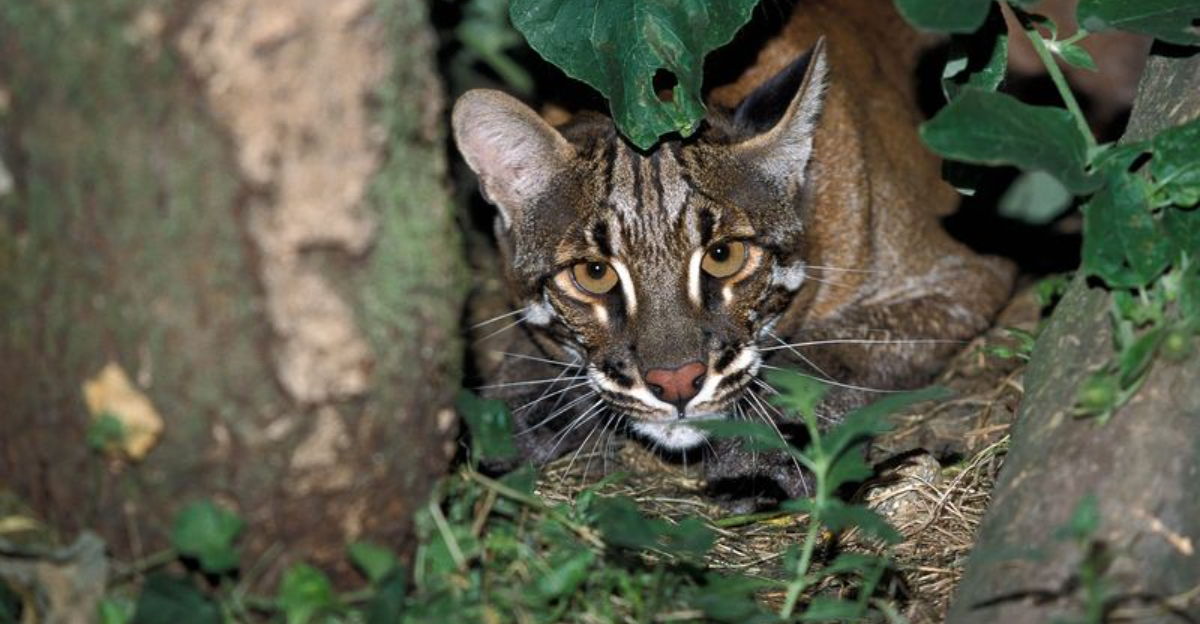
Wildlife enthusiasts are buzzing with excitement after the elusive Asiatic golden cat was spotted again in Manas National Park, India.
This medium-sized wild cat is so rarely seen that many researchers spend their entire careers without a single sighting.
The recent camera trap images from Manas provide valuable information about this mysterious predator and highlight the park’s importance as a sanctuary for endangered species.
Meet The Elusive Asiatic Golden Cat: A True Jungle Phantom
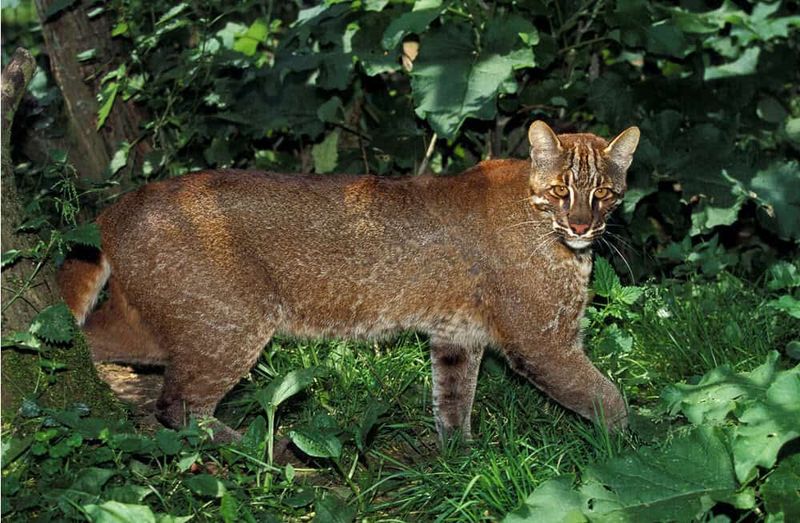
Slipping like a golden ghost through dense Asian forests, this medium-sized wild cat has earned its reputation as one of the most mysterious felines on Earth. About twice the size of a house cat but smaller than a leopard, it moves with incredible stealth through its woodland home.
Most locals who’ve spent decades in forests have never glimpsed this secretive hunter. The cat’s remarkable ability to avoid human detection has contributed to the limited scientific knowledge about its behavior and ecology.
Forest guards in Manas often joke that the golden cat isn’t really a cat but a forest spirit that occasionally allows itself to be seen as a good omen.
Why This Wild Feline Is One Of Asia’s Least Seen Predators
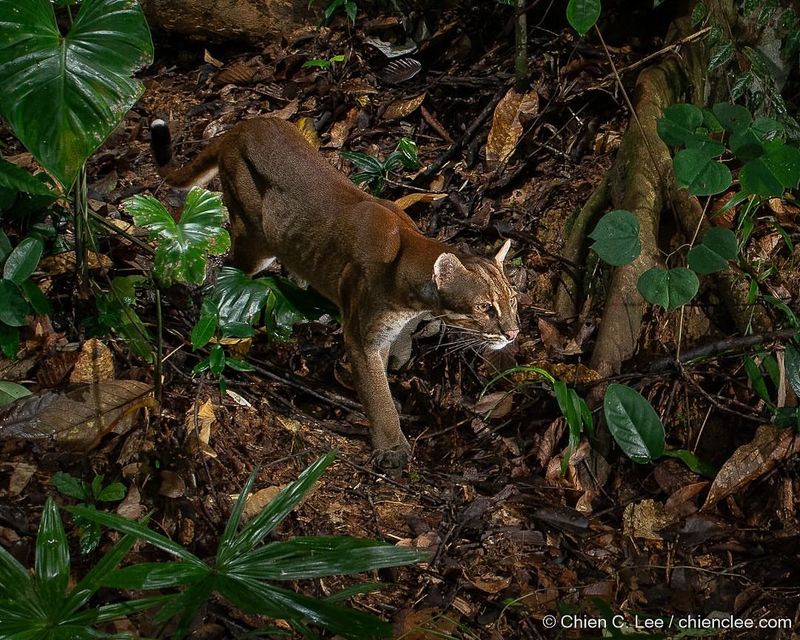
Twilight hunters by nature, these cats have mastered the art of invisibility. Their primarily nocturnal habits mean they’re active when humans are least likely to venture into their territory. Unlike tigers that leave obvious signs of their presence, golden cats leave minimal traces.
Their incredible climbing abilities allow them to travel through the forest canopy, avoiding ground-level detection. When threatened, they can vanish into the undergrowth in seconds, making even planned observation nearly impossible.
The cat’s exceptional hearing can detect human footsteps from remarkable distances, giving them plenty of time to disappear before researchers arrive. This combination of adaptations has kept them mysterious for centuries.
A Wide Range Of Colors Makes Identification Surprisingly Tricky
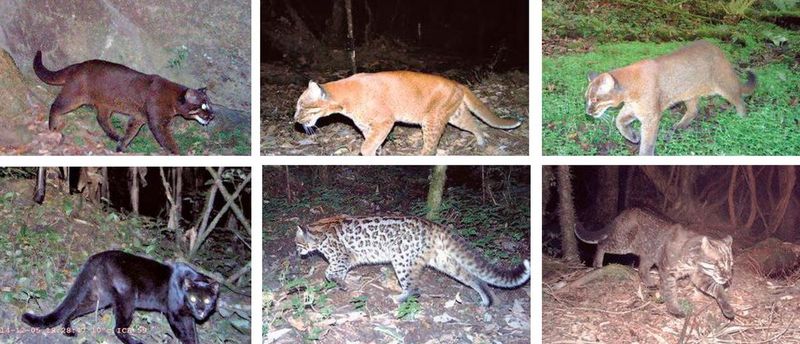
Mother Nature played a colorful trick with these cats – they don’t all sport the golden coat their name suggests! Scientists have documented five distinct color morphs ranging from fox-red to silvery-gray, chocolate brown, and even melanistic (all black).
This remarkable color diversity once led researchers to believe they were dealing with different species entirely. A single region can host multiple color variations, with some evidence suggesting certain colors may be more common in specific habitats.
The recent Manas sighting revealed a cinnamon-colored individual, adding valuable data to color distribution records. This color polymorphism serves as excellent camouflage across the varied landscapes these adaptable cats inhabit.
From Bhutan To Sumatra: The Cat’s Expansive But Fragmented Range
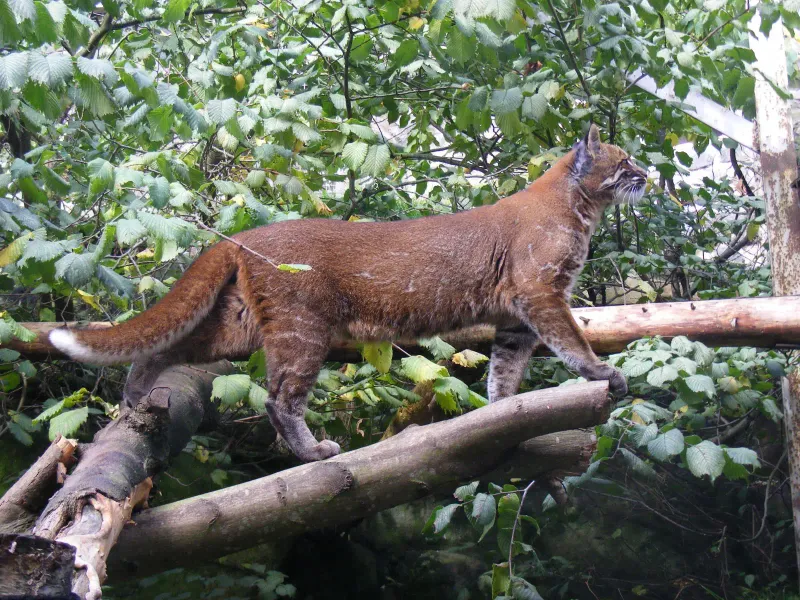
Roaming across an impressive eight countries, these remarkable felines have adapted to life in some of Asia’s most diverse landscapes. Their territory stretches from Nepal and northeastern India through Myanmar, Thailand, and into parts of China and Malaysia.
Sadly, what once was a continuous range has become increasingly fragmented. Mountain ridges, river valleys, and dense forests that once connected populations now stand as isolated islands amid growing human development.
The cats in Manas represent one of the westernmost populations, making their continued presence particularly significant. Conservation biologists track these separated groups carefully, concerned that isolation might lead to genetic bottlenecks and reduced adaptability.
Manas National Park: A Biodiversity Hotspot Worth Protecting
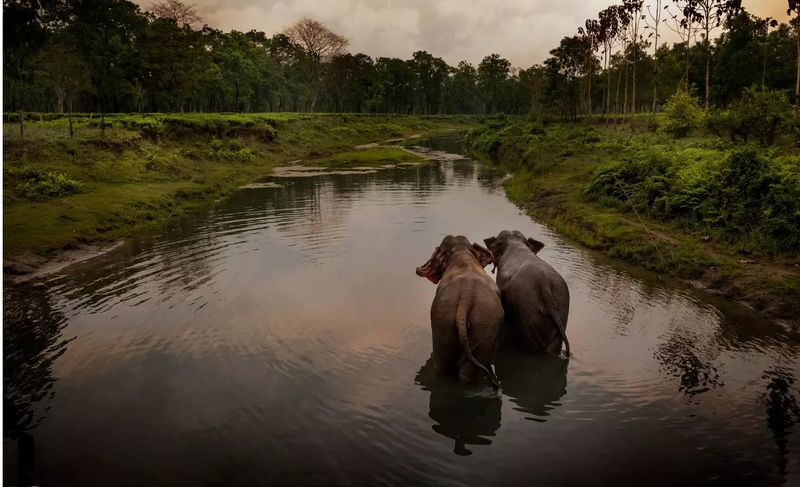
Nestled at the foothills of the Himalayas, Manas represents one of India’s most spectacular wilderness treasures. This UNESCO World Heritage site spans the border with Bhutan, creating a vast protected landscape that harbors extraordinary biological diversity.
The park’s unique geography creates a perfect transition zone where Himalayan and Indo-Malayan species mingle. Crystal-clear rivers flowing from mountain heights create a mosaic of habitats from grasslands to dense forests.
Beyond golden cats, Manas shelters tigers, elephants, rhinos, and over 450 bird species. This ecological richness makes it irreplaceable – a living laboratory where rare species like the golden cat can still find refuge from an increasingly developed world.
How Manas Became A Refuge For India’s Rarest Wildlife
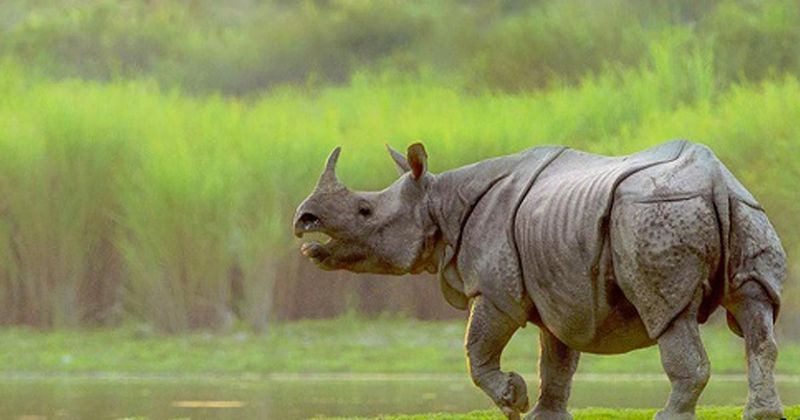
Manas’ journey from conflict zone to conservation success story reads like an environmental thriller. During the 1990s, political unrest devastated wildlife populations as poaching ran rampant and management systems collapsed.
The park lost its World Heritage status temporarily – a wake-up call that mobilized extraordinary conservation efforts. Local communities, once alienated from conservation decisions, became guardians through innovative programs that provided sustainable livelihoods linked to forest protection.
Former poachers transformed into wildlife guides, using their intimate knowledge of the forest to protect rather than hunt its inhabitants. This remarkable turnaround created the stable conditions that allowed secretive species like the golden cat to recover, culminating in this exciting recent sighting.
Camera Traps Reveal A New Glimpse Into A Hidden World

Modern technology has finally pulled back the curtain on the golden cat’s secretive existence. Strategic placement of motion-triggered cameras throughout Manas has created a revolutionary window into behaviors never before documented.
The recent images captured not just a fleeting glimpse but several minutes of natural behavior – the cat marking territory, hunting, and moving confidently through its domain. These invaluable records help scientists understand activity patterns, habitat preferences, and interactions with other species.
Rangers have mastered the art of camera placement, using knowledge of animal trails, scent marking locations, and natural funnels in the landscape. Their expertise has transformed our understanding of forest dynamics and the complex relationships between predators sharing the same territory.
Why This Sighting Matters For Conservation Efforts
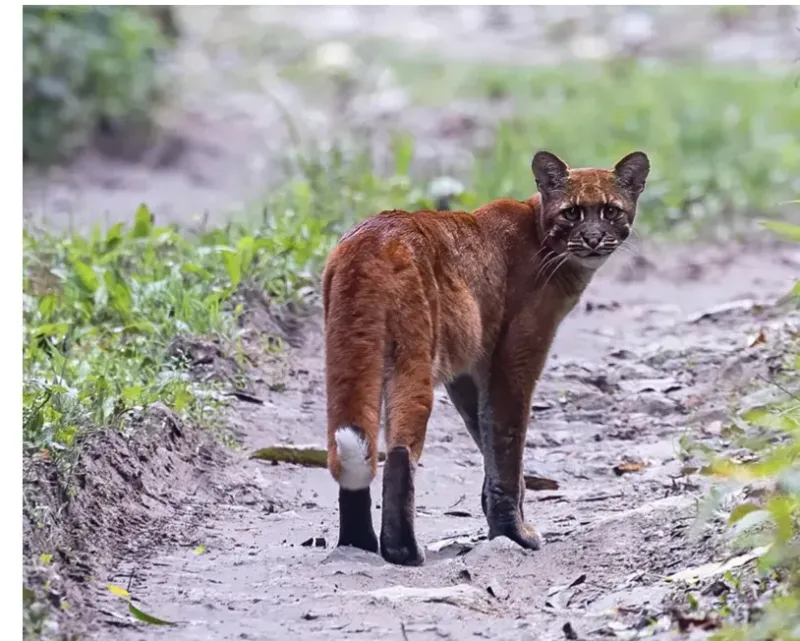
Each confirmed golden cat sighting represents far more than just a cool wildlife photo – it’s solid evidence that conservation strategies are working. These cats require large territories with abundant prey and minimal disturbance, making them excellent indicators of ecosystem health.
The Manas sighting validates years of protection efforts and habitat restoration projects. Conservation funding often follows charismatic species like tigers, but these resources ultimately protect entire ecosystems including less famous residents like the golden cat.
Scientists can now use this documentation to secure additional protection for key corridors connecting populations. The excitement generated among local communities reinforces pride in their natural heritage and strengthens their commitment to protecting these remarkable animals for generations to come.
What The Presence Of This Cat Tells Us About Forest Health
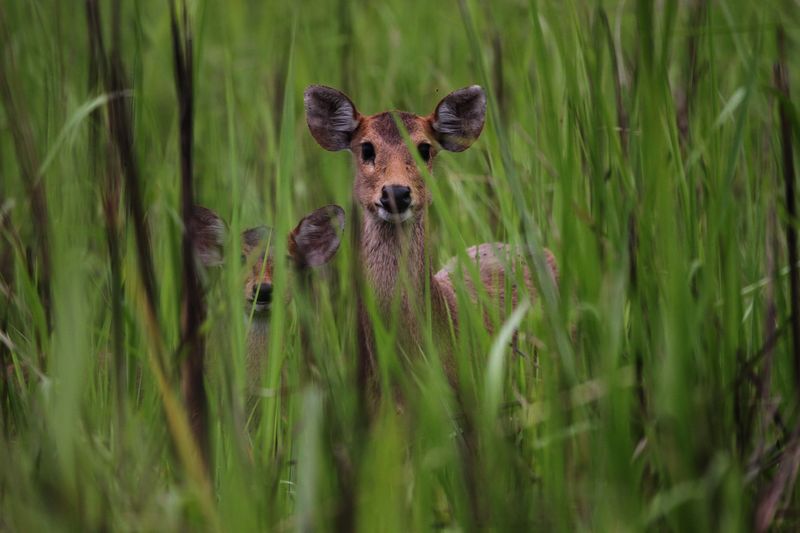
Ecologists consider the golden cat a living barometer of forest integrity. As mid-sized predators, they require healthy populations of small mammals, birds, and reptiles to sustain themselves, indicating a thriving food web beneath them.
Their continued presence suggests limited human disturbance and intact vegetation structures. Unlike some adaptable species that can survive in degraded habitats, golden cats disappear quickly when forests become fragmented or hunting pressure increases.
The Manas sighting occurred in an especially pristine section of the park with minimal human activity. This correlation between undisturbed habitat and cat presence helps managers identify critical areas deserving special protection status and guides restoration efforts in areas where the cats have disappeared.
Can India’s Protected Areas Save This Vanishing Predator?
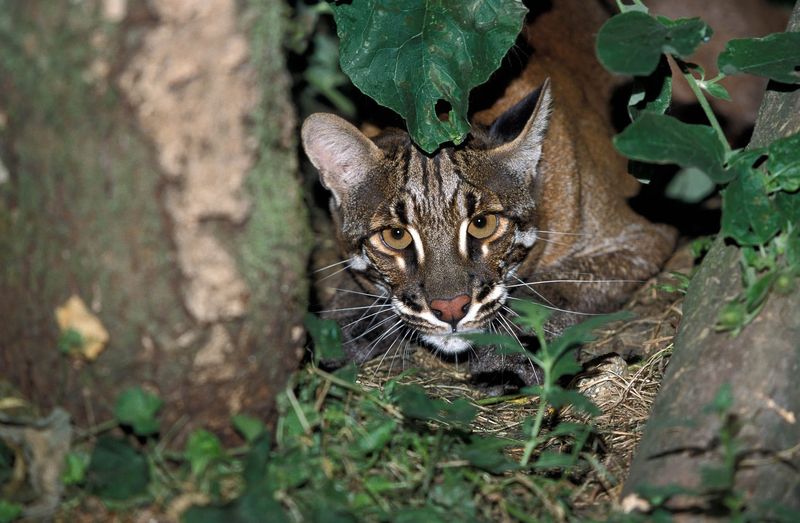
Hope glimmers for the golden cat despite serious challenges facing their survival. Manas represents one of several strongholds where increased protection and scientific monitoring are making a difference. Recent policy changes strengthening India’s Wildlife Protection Act have elevated the species’ legal status.
Innovative conservation approaches include wildlife corridors connecting isolated protected areas. These forest bridges allow cats to move between populations, maintaining genetic diversity essential for long-term survival.
Community-based conservation programs have reduced retaliatory killings by compensating farmers for occasional livestock losses. The future remains uncertain, but the golden cat’s reappearance in places like Manas suggests that with continued commitment, these forest phantoms might yet haunt Asian forests for generations to come.


